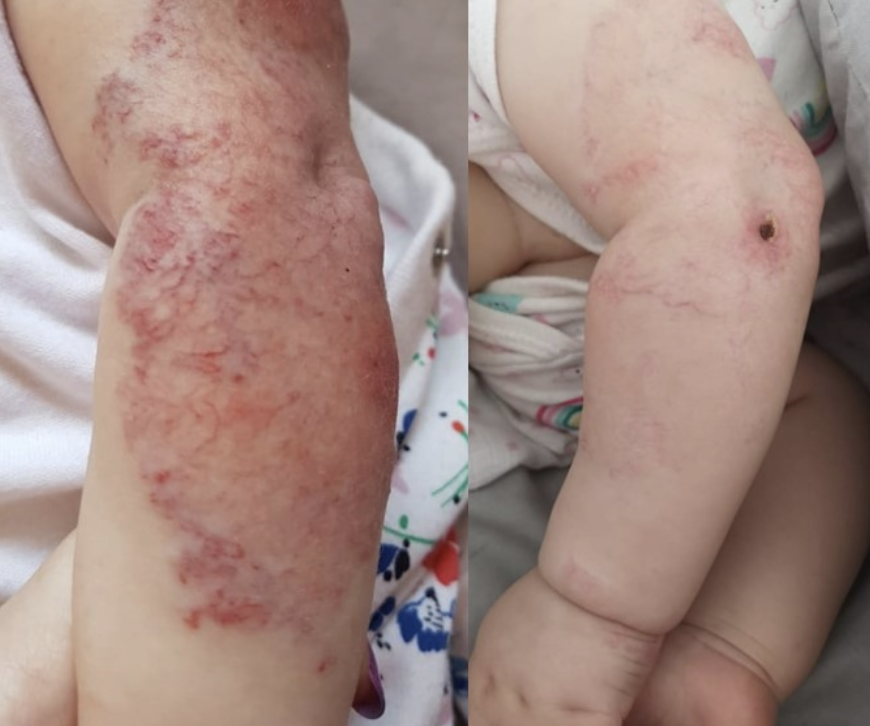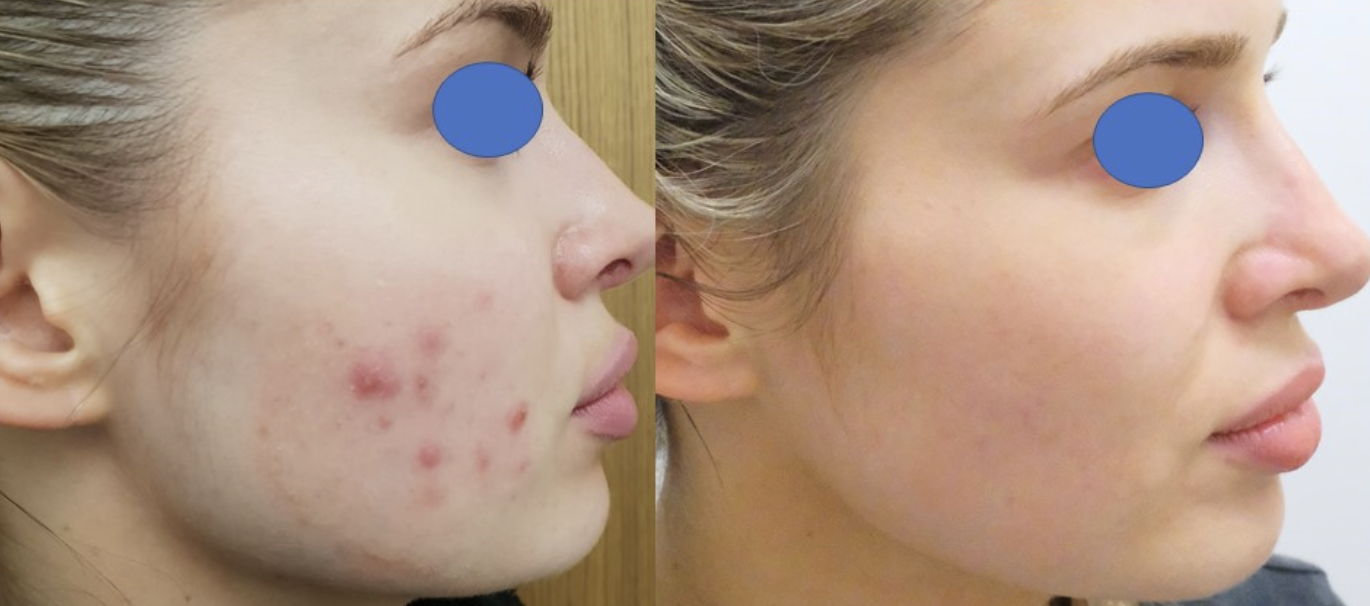Steroid injections
Treatment
Steroid injection is a common dermatological treatment also referred to as intralesional steroid injection. It involves the administration of steroid through an injection for therapeutic purposes. In the UK steroid injections for dermatological purposes come in 2 different concentrations, a lower one which is 10 mg/ml and is called adcortyl, and a higher one of 40 mg/ml and is called triamcinolone. The mechanism is through the anti-inflammatory effects of corticosteroids hence it is often used in inflammatory conditions. The procedure is performed using a small gauge needles such as an insulin syringe or a 32 gauge needle to minimise pain and discomfort. The depth of the injection depends on the location of the pathology but is usually in the deeper part of the skin which is called the dermis.
Prior to administering the steroid injection the skin is cleansed with an alcohol-based anti-septic wipe to reduce the risk of introducing an infection and once the injection is performed in some cases a plaster is used to cover the area. The treatment is quick and is associated with a short period of discomfort and pain which can be alleviated by using a topical anaesthetic cream where appropriate.
There are many dermatological conditions that can benefit from intralesional steroid injections and these are alopecia areata, cystic acne, keloid scars, discoid lupus, hypertrophic lichen planus, lichen simplex chronicus, granuloma annulare, and few other relatively uncommon dermatological conditions.
The frequency of administration of intralesional steroid injections depends on the treated condition and may simply be a single treatment or a series of multiple treatments usually at an interval of 6 to 8 weeks. The steroid injections can be combined with other treatment modalities or be administered in patients taking oral medication for other conditions. Whilst intralesional steroid injection treatment is largely safe and effective some potential side-effects include skin atrophy (thinning of the skin), infection and some colour changes. It is recommended to discuss the number of treatments and expected results with the treating dermatologist prior to commencement.
Intralesional steroid injections can be performed at any setting in clinic or hospital and is readily available. Professor Firas Al-Niaimi has performed hundreds of steroid injections and has published publications on its use in dermatology. These publications can be found in the publications section of the website.








